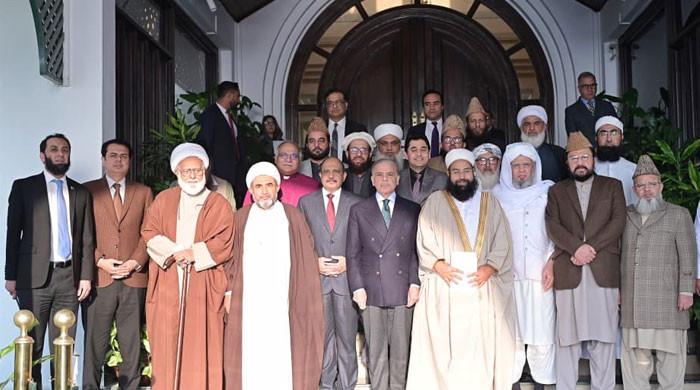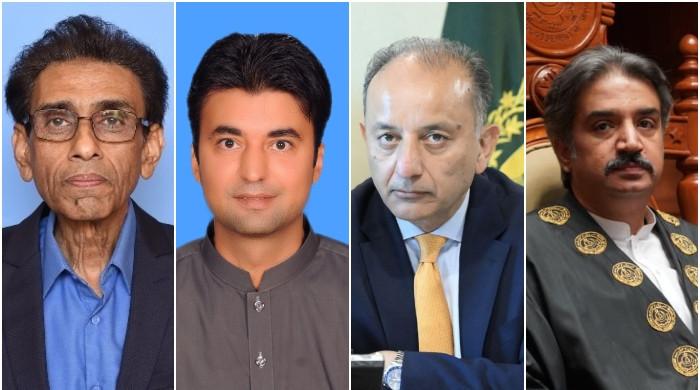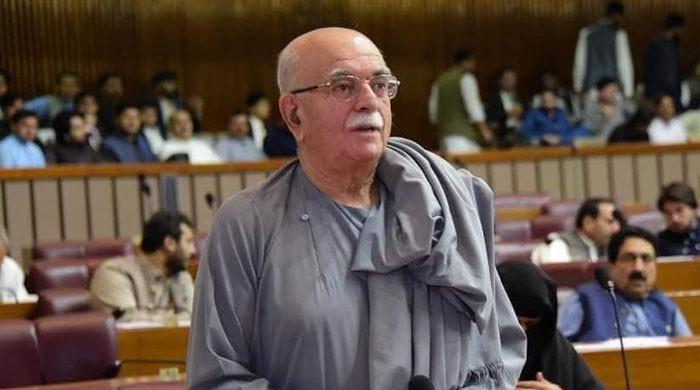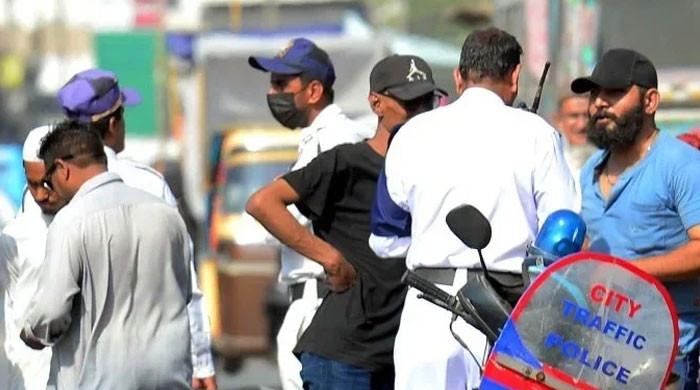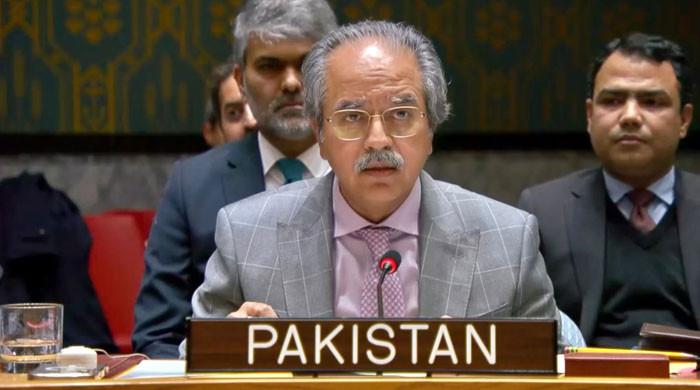The thief and the old man: A story of Lahore
Here is a story of the city not told by a nobleman, a king or his advisor, but by a common man
February 04, 2020
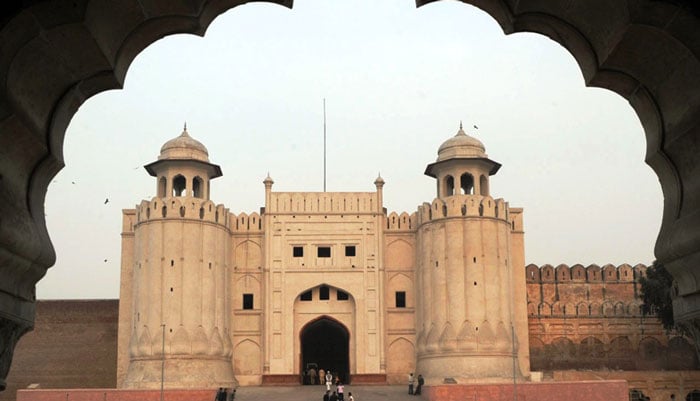
Sadhu chor was a wily thief, whose reputation preceded him. Nawab Zakariya Khan Bahadur, handpicked by Mughal emperor Mohammad Shah to govern Lahore, had made several attempts to track down the criminal. But none were successful.
One day, a small shop at the bazaar (market) Machi Hatta, in Lahore, caught the attention of Sadhu. The tiny eatery, owned by an old Hindu man, sold pakoras and other fried delicacies.
Sadhu began regularly appearing at the shop and stealing food. Every time the poor, helpless man complained to the authorities, the thief would be arrested, reprimanded and subsequently released.
But that would not deter Sadhu from repeating his crime. Finally, there came a day when the old man had to pull down his shutters and close the shop for good. That day Sadhu was in the area.
Also read: Wedding held in Lahore Fort’s 400-year-old kitchen
“What are you doing?” he asked the old man, incredulously.
“You have rendered me penniless,” the old man replied, “I have suffered such a huge loss because of you that I have been forced to shut down my business.”
Silence descended on Sadhu. After a few minutes, he disappeared. At night, the old man saw a figure emerging from the darkness. It was Sadhu, carrying two large bags. “Here, this will clear the balance,” he said handing over the bags to the old man.
The stacks were stuffed with jewels and gold coins. And with that Sadhu vanished into the night again.
Also read: LHC halts tree felling on Lahore’s 150-year-old canal
The next morning, the city was woken up by commotion. Someone had robbed the governor of Lahore. Of course, the first and only suspect was Sadhu. Within a few hours, the thief was arrested, shackled and directed to return the jewels. He refused. The governor then ordered that Sadhu be hanged.
On the day of the execution, the thief of Lahore walked to the gallows outside Mori Gate followed by a large procession of common men. No one knows why these men walked behind him. Maybe they too had been helped by Sadhu as was the old man.
When Sadhu passed by the pakora shop, the old man gestured towards him, telling him to take back the bags. But Sadhu walked on.
At Mori Gate, a few minutes before his hanging, Sadhu again noticed the old man in the crowd. “Whoever has the stolen jewels should keep them,” he said, addressing those gathered below him, “I won’t be spared even if the jewels were returned. But I have but one request. After my death, keep your share and from the rest construct water wells and temples in my name throughout the city so I can be remembered and forgiven for my misdeeds.”
Also read: PFA recovers 80,000 kilograms of expired chocolates in Lahore
After Sadhu’s execution, the old man, and maybe others, built the wells and temples the thief had requested.
Today in Lahore, almost 300-years later, those wells and temples have disappeared. Some has been destroyed, others knocked down for commercial purposes. Except one, lone water well near the Bhaati/ Mori Gate, which is said to have survived. I have not been able to locate it as yet.
Now, why did I narrate this incident? Because it is the other story of Lahore. A story not told by a nobleman, a king or his advisor, but by a common man, about a common man. It tells you of the camaraderie and everyday life in Lahore back in the day, which existed outside the palace walls.
It is unfortunate that Sadhu’s and the old man’s name have been lost or destroyed with the destruction of the wells and temples, which were a testament to their brief relationship. I wonder how many more such names and stories have been lost to time in enchanted city of Lahore.
Shah is a historian and a member of the Fakir family based in Lahore.







